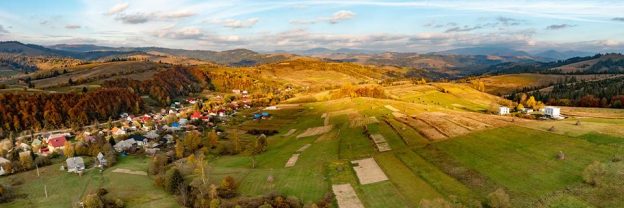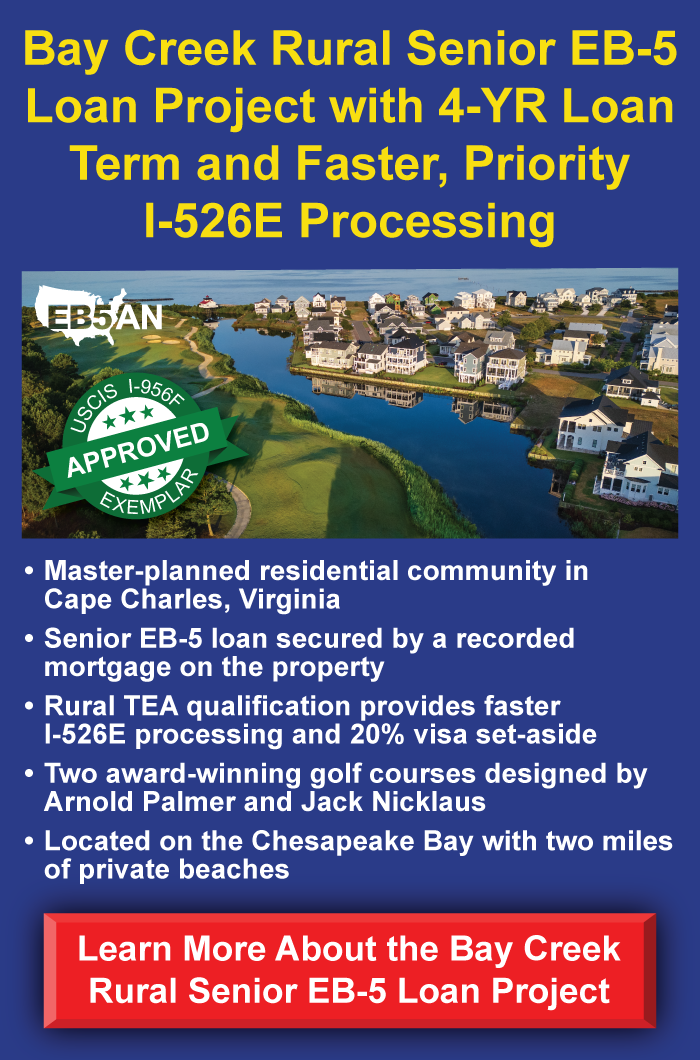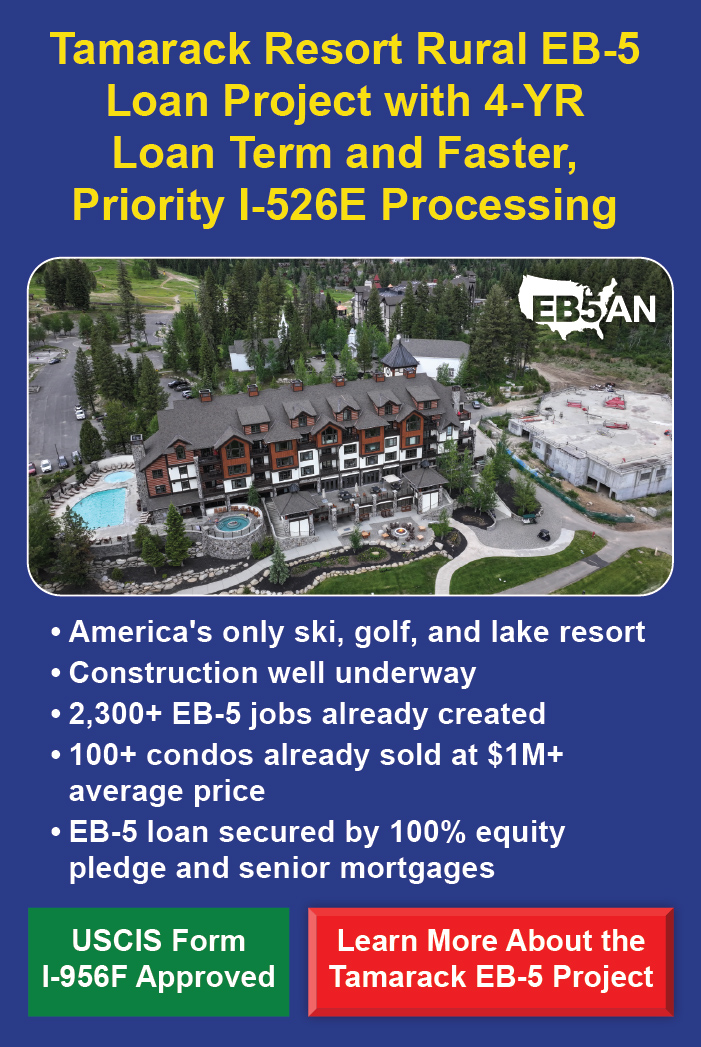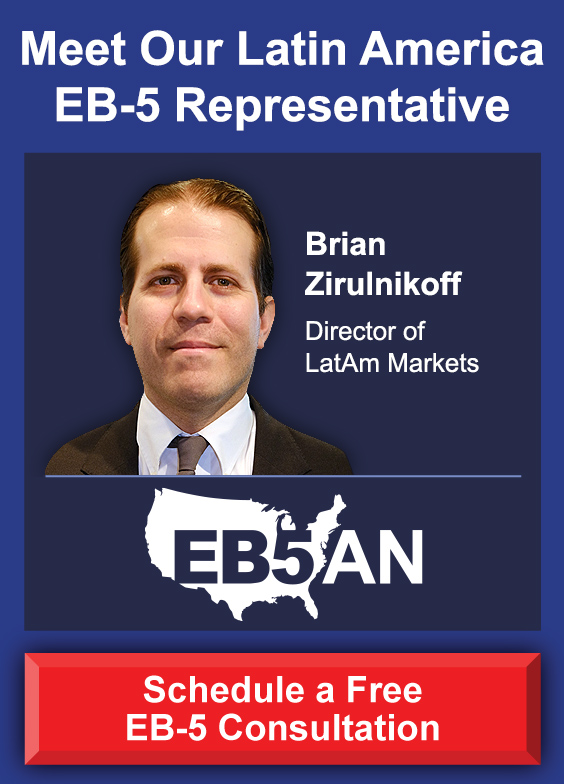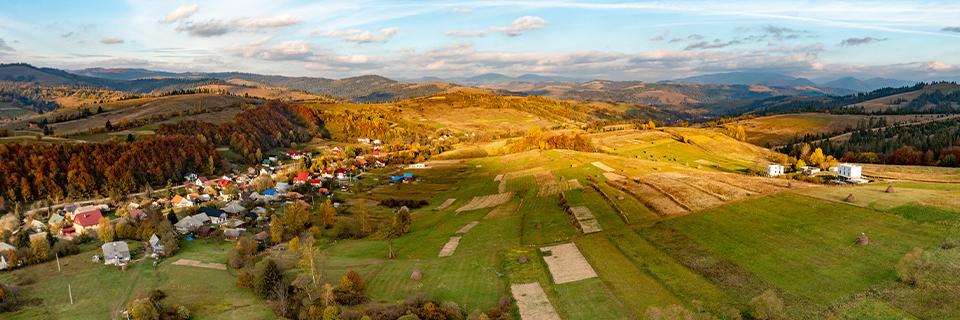
The EB-5 Immigrant Investor Program offers foreign investors a pathway to U.S. permanent residency by investing in the nation’s economy and creating jobs for American workers.
However, due to high demand, especially from countries like India and China, many applicants face extended wait times in the legacy “unreserved” visa category, with more backlogs expected to affect the relatively new reserved categories, as well.
To expedite the process, investors can consider the rural EB-5 visa category, which typically experiences shorter approval times due to the priority processing principle introduced by the EB-5 Reform and Integrity Act of 2022 (RIA).
In this article, we will take a closer look at how rural EB-5 investments can help foreign investors get their Green Cards faster.
Understanding EB-5 Set-Aside Visas
Eligibility Criteria
Steps to Initiate an EB-5 Investment
Partnering With EB5AN for a Successful Application
Understanding EB-5 Set-Aside Visas

In 2022, the U.S. government enacted the RIA to enhance the EB-5 program’s efficiency and security. This legislation introduced set-aside visa categories for projects located in:
- Rural TEA projects: Mostly offered through a regional center program, these are designated targeted employment areas with populations under 20,000, situated outside metropolitan statistical areas.
- High-unemployment TEAs: Designated targeted employment areas where the national average unemployment rate exceeds 150%.
- Infrastructure Projects: Infrastructure developments approved by government entities.
These set-asides allocate a portion of the annual EB-5 visa supply specifically for investors who choose projects in rural areas, high-unemployment urban areas, or infrastructure projects.
By applying under one of these categories, investors can bypass the long visa backlogs often seen in the standard EB-5 category.
Among these reserved visa categories, rural targeted employment areas (TEAs) offer the most compelling advantages. The U.S. government prioritizes rural EB-5 investments to stimulate economic growth in regions that lack sufficient development and job creation opportunities.
As a result, petitions for EB-5 projects in rural areas benefit from priority processing, significantly reducing adjudication times. Additionally, rural EB-5 applicants currently have no visa backlog, meaning eligible investors from countries with high demand, such as China and India, may experience a much faster path to a Green Card if they invest now.
Eligibility Criteria
To qualify for a rural EB-5 visa, an applicant must meet several key requirements.
First, they must commit a minimum investment of $800,000 into a qualifying project located in a rural targeted employment area (TEA), as defined by the United States Citizenship and Immigration Services (USCIS).
Additionally, the investment must result in the creation of at least 10 full-time jobs for U.S. workers in a new commercial enterprise (NCE). Investors are also required to undergo thorough background and financial checks to ensure compliance with U.S. immigration laws.
Finally, applicants must accurately complete and submit the necessary immigration forms, as explained below.
Steps to Initiate an EB-5 Investment

The first step for prospective EB-5 investors is to review the U.S. Department of State’s monthly Visa Bulletin, which outlines current waiting times for Green Cards.
Investors from high-demand countries will see significant delays in standard EB-5 categories, whereas rural projects currently benefit from reserved visa availability with no backlog.
Once an investor confirms visa availability, they should identify a suitable rural EB-5 project that meets USCIS requirements. Partnering with an experienced EB-5 firm can help ensure the selection of a compliant and low-risk investment opportunity.
After selecting a project, the investor must submit Form I-526E to USCIS to begin the EB-5 application process. Since rural EB-5 petitions receive priority processing, they are generally reviewed more quickly than all other EB-5 applications.
If the investor is already in the U.S. on a valid visa, they may also be eligible to file Form I-485 for adjustment of status concurrently, which allows them to obtain work and travel authorization while their Green Card application is pending.
At this stage, the investor and their family members can proceed with consular processing or adjustment of status with immigration services to obtain conditional U.S. permanent residency.
After receiving a conditional Green Card, the investor must sustain their investment and maintain compliance with EB-5 program requirements for at least two years.
At the end of this period, they must file Form I-829 to remove conditions on their residency, demonstrating that the required jobs were created and that the investment remained at risk during the sustainment period.
Once Form I-829 is approved, the investor and their family become lawful permanent residents with a 10-year Green Card. After five years of permanent residency, they may be eligible to apply for U.S. citizenship through naturalization, provided they meet residency and other eligibility requirements.
Partnering With EB5AN for a Successful Application

Choosing the right EB-5 investment is one of the most important decisions an investor can make. Rural EB-5 projects not only offer the advantage of reserved visa availability and priority processing but also contribute to meaningful economic growth in underserved communities.
By selecting a carefully structured rural investment, investors can maximize their chances of a smooth immigration process while also playing a vital role in job creation and regional development.
However, not all infrastructure projects are created equal, and thorough due diligence is essential to ensure compliance with USCIS requirements and long-term project viability.
At EB5AN, we understand the significance of this decision and are committed to guiding investors through every step of the EB-5 process.
With years of experience in the EB-5 industry, we have helped thousands of investors navigate the complexities of the program and achieve their U.S. immigration goals.
If you are considering the EB-5 program and want to explore the benefits of a rural TEA investment, schedule a free consultation with our team for expert guidance tailored to your needs.



